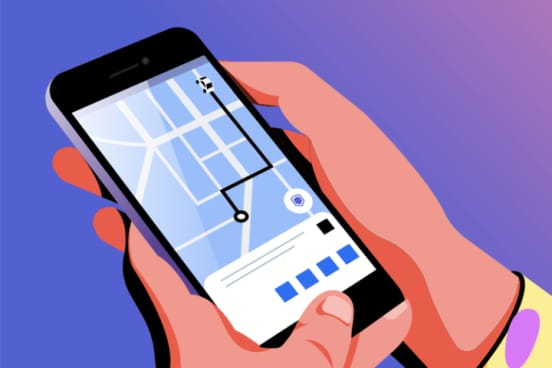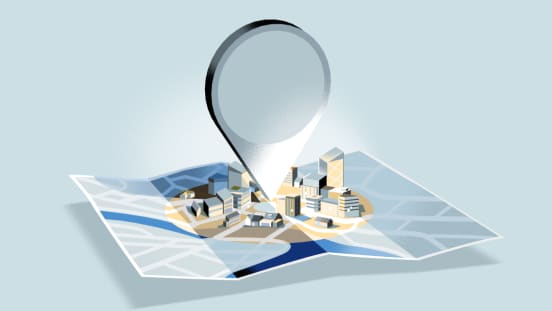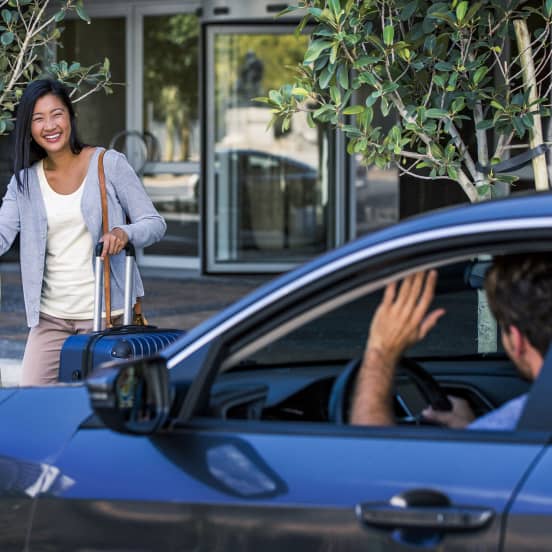Upfront Fares, explained
Learn how Upfront Fares are calculated, what new info you’ll get, and how they can help you earn more consistently throughout the day.
Why the move to Upfront Fares?
Because every trip should be your call. You’ll get more visibility and control over your earnings.
You’ll get extra info about each trip upfront so you can decide which rides are worth your time.
Upfront Fares adjust to what’s happening in real time to help you find more steady earning opportunities.
How are Upfront Fares calculated?
While most platforms are still calculating fares per minute and mile, at Uber, we know there’s more to a trip than its length and distance. So we built the technology to make it happen.
When calculating Upfront Fares, we take 3 key categories into account: details, demand, and data.
Trip details
The basic details of a trip will always factor into how Upfront Fares are calculated. These include:
Estimated trip length
Estimated trip duration
Pickup location
Dropoff location
Real-time demand
How much you can make is impacted by the current demand in your area. These include:
Surge pricing
How busy is it in your area
How busy is it at the destination
How likely are you to get another trip quickly
Traffic
Historic data
Key earnings trends and data help to create more accurate predictions. These include:
Areas with high and low demand
Areas with high and low earnings
Estimated demand at locations
Estimated demand at various times throughout the day
What you’ll see upfront
Make informed decisions about which rides you accept.
How much you’ll make, including surge pricing
Where you’ll go
Time and distance to pickup location
Time and distance to drop off location
Upfront Fares can be higher or lower than the pricing based on fixed time and distance rates. Why is this?
To create more consistent earning opportunities for everyone in the same area. We look at conditions by the second to make sure every offer you get is just as good as the ones you miss.
When changes happen
Technology can only predict so much. When unexpected traffic, construction, or extended wait times happen, you’ll get an automatic fare adjustment to help make it right.
How fares are calculated
You'll earn based on the time and distance of each trip.
Standard trip fare
Base fare is based on the time and distance driven per trip.
Surge
Check the heat map in your app to find out when and where rider demand is high, so you can potentially earn more.
Cancellations
Your time is valuable. When a rider cancels more than 2 minutes after you've accepted their trip, you'll be paid either the standard cancellation fee or the actual time and distance you spent driving toward the pickup, whichever amount is more.
Service fee
This fee helps fund things like app development, customer support, and payment processing.
Booking fee
Riders might pay a booking fee to help cover safety, regulatory, and operational costs such as insurance.
Drive your way in the app
Drive your way in the app
About
Explore
Opportunities by city















